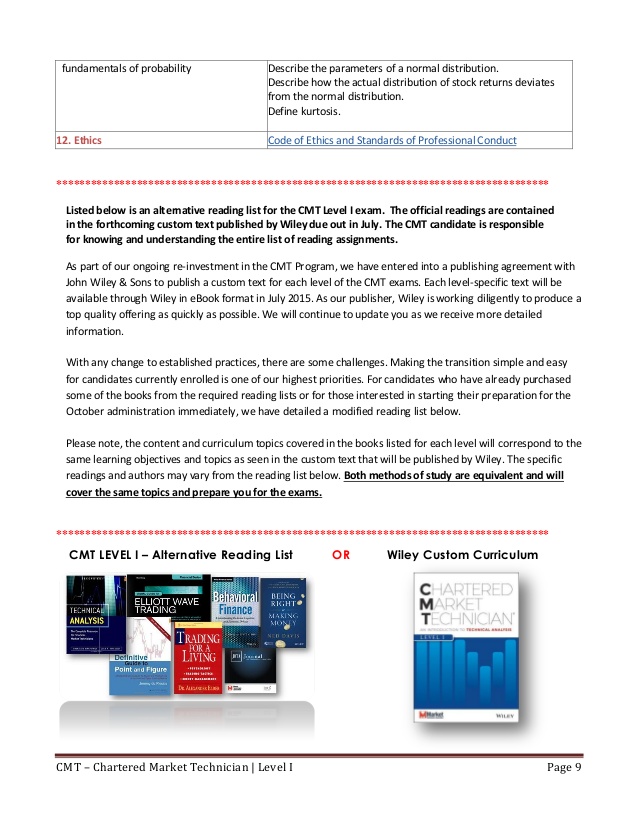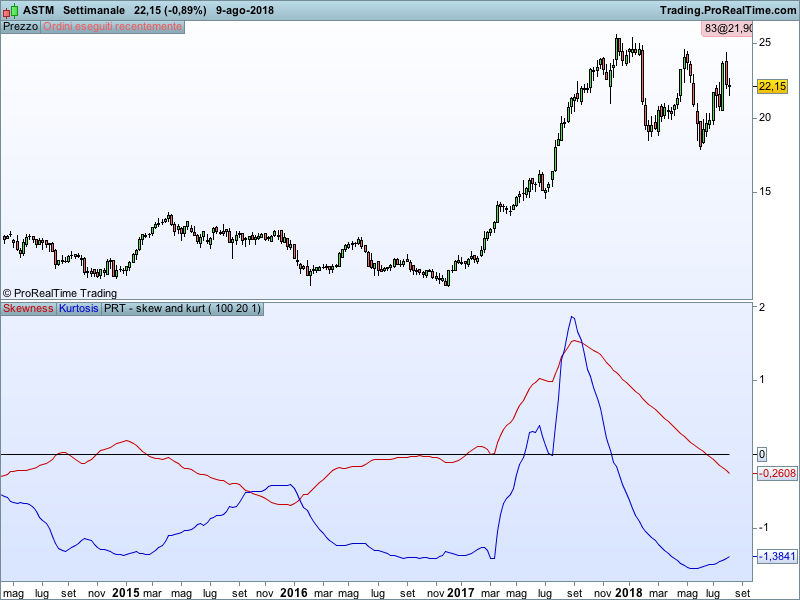US Capital Adequacy Ratio, 2001 2023
Content

However, if the estimated regression coefficient is positive, then E equals 0. (ii) Conditional equity commitments with an original maturity of over 14 months receive a CF of 50 percent. (i) Conditional equity commitments with an original maturity of 14 months or less receive a CF of 20 percent.

(ii) The collateral haircut approach in paragraph (c) of this section for repo-style transactions, eligible margin loans, collateralized derivative contracts, and single-product netting sets of such transactions. The capital adequacy ratio (CAR) is an indicator of how well a bank can meet its obligations. Also known as the capital-to-risk weighted assets ratio (CRAR), the ratio compares capital to risk-weighted assets and is watched by regulators to determine a bank’s risk of failure. It’s used to protect depositors and promote the stability and efficiency of financial systems around the world.
Subpart C—Definition of Capital
(f) Insufficient amounts of a specific regulatory capital component to effect deductions. Under the corresponding deduction approach, if a System institution does not have a sufficient amount of a specific component of capital to effect the required deduction after completing the deductions required under paragraph (c) of this section, the System institution must deduct the shortfall from the next higher (that is, more subordinated) component of regulatory capital. (3) Redesignating equities included in one component of regulatory capital (CET1 capital, additional tier 1 capital, or tier 2 capital) for inclusion in another component of regulatory capital. [4] An instrument that by its terms automatically converts into a tier 1 capital instrument prior to five years after issuance complies with the five-year maturity requirement of this criterion. (3) AACL up to 1.25 percent of the System institution’s total risk-weighted assets not including any amount of the AACL.

The specifics of CAR calculation vary from country to country, but general approaches tend to be similar for countries that apply the Basel Accords. In the most basic application, government debt is allowed a 0% “risk weighting” – that is, they are subtracted from total assets for purposes of calculating the CAR. 6 For example, charge-offs/allowances (if the assets remain on the System bank’s balance sheet) or credit-related OTTI of interest-only strips and other retained residual interests, as well as recognition of liabilities for probable future financial support required of the System bank with respect to securitized assets. (3) Equity exposures to an unconsolidated rural business investment company and equity exposures held through a consolidated rural business investment company described in 7 U.S.C. 2009cc et seq. (1) When the detachment point, parameter D, for a securitization exposure is less than or equal to KA, the exposure must be assigned a risk weight of 1,250 percent. (1) A System institution must deduct from CET1 capital any after-tax gain-on-sale resulting from a securitization (as provided in § 628.22) and must apply a 1,250-percent risk weight to the portion of a credit-enhancing interest-only strip (CEIO) that does not constitute after-tax gain-on-sale.
Risk-Weighted Assets for Unsettled Transactions
(ii) A System institution must assign a 50-percent risk weight to a revenue obligation exposure to a PSE whose country is an OECD member sovereign with no CRC. (i) A System institution must assign a 20-percent risk weight to a general obligation exposure to a PSE whose home country is a OECD member sovereign with no CRC. (ii) Except as provided in paragraphs (e)(1) and (3) of this section, a System institution must assign a risk weight to a revenue obligation exposure to a foreign PSE, in accordance with Table 4 to § 628.32, based on the CRC that corresponds to the PSE’s home country; or the OECD membership status of the PSE’s home country if there is no CRC applicable to the PSE’s home country. (i) Except as provided in paragraphs (e)(1) and (3) of this section, a System institution must assign a risk weight to a general obligation exposure to a foreign PSE, in accordance with Table 3 to § 628.32, based on the CRC that corresponds to the PSE’s home country or the OECD membership status of the PSE’s home country if there is no CRC applicable to the PSE’s home country. (1) Subject to the provisions of paragraphs (f)(5) and (6) of this section, a System institution must obtain the prior approval of the FCA before paying cash dividend payments, cash patronage payments, or redeeming equities included in tier 1 or tier 2 capital, other than term equities redeemed on their maturity date.
Therefore, the capital adequacy of the Bank of America stood at 15.1% for the year 2018 under the advanced approach. It is used to protect depositors and boost the financial stability of financial systems worldwide. As Bank A has a CAR of 10%, it has enough capital to cushion potential losses and protect depositors’ money.
(4) In order to recognize an exposure as a repo-style transaction for purposes of this subpart, a System institution must comply with the requirements of § 628.3(e) with respect to that exposure. Performance standby letter of credit (or performance bond) means an irrevocable obligation of a System institution to pay a third-party beneficiary when a customer (account party) fails to perform on any contractual nonfinancial or commercial obligation. To the extent permitted by law or regulation, performance standby letters of credit include arrangements backing, among other things; subcontractors’ and suppliers’ performance, labor; and materials contracts, and construction bids. (iii) That is not an insurance company engaged predominately in the business of providing credit protection (such as a monoline bond insurer or re-insurer).
CAR is important to ensure that a bank has an adequate financial cushion to absorb losses before it declares insolvency. (1) KG is the weighted-average (with unpaid principal used as the weight for each exposure) total current capital adequacy ratio capital requirement of the underlying exposures calculated using this subpart. KG is expressed as a decimal value between 0 and 1 (that is, an average risk weight of 100 percent represents a value of KG equal to .08).
(iii) The small business obligations are to businesses that meet the criteria for a small-business concern established by the Small Business Administration under section 3(a) of the Small Business Act. (ii) The risk-based capital impact to the System institution of providing such implicit support. (1) Delivery-versus-payment (DvP) transaction means a securities or commodities transaction in which the buyer is obligated to make payment only if the seller has made delivery of the securities or commodities and the seller is obligated to deliver the securities or commodities only if the buyer has made payment. (i) The simple approach in paragraph (b) of this section for any exposure. (iii) A System bank’s commitment to an association or OFI that is not unconditionally cancelable by the System bank, regardless of maturity. (3) Where a System institution provides a commitment structured as a syndication or participation, the System institution is only required to calculate the exposure amount for its pro rata share of the commitment.
Current Accounts
(i) Each System institution must use the methodologies in subpart D of this part to calculate total risk-weighted assets. Each System institution must calculate its regulatory capital in accordance with subpart C of this part. This part establishes minimum capital requirements and overall capital adequacy standards for System institutions. This part includes methodologies for calculating minimum capital requirements, public disclosure requirements related to the capital requirements, and transition provisions for the application of this part.
Varying asset types usually have different risk acts provided to them. Whether the bank has taken the standardized or IRB method underneath the Basel II framework will affect how risk weights are computed. Under Basel III, all banks are required to have a Capital Adequacy Ratio of at least 8%. Since Tier 1 Capital is more important, banks are also required to have a minimum amount of this type of capital. Under Basel III, Tier 1 Capital divided by Risk-Weighted Assets needs to be at least 6%.
A bank that has a good CAR has enough capital to absorb potential losses. Thus, it has less risk of becoming insolvent and losing depositors’ money. After the financial crisis in 2008, the Bank of International Settlements (BIS) began setting stricter CAR requirements to protect depositors. Currently, the minimum ratio of capital to risk-weighted assets is eight percent under Basel II and 10.5 percent under Basel III. High capital adequacy ratios are above the minimum requirements under Basel II and Basel III.
Importance of the capital adequacy ratio
This indicates an increase in the riskiness of its assets against its capital for that financial year. Risk-weighted assets measure the risk-augmented assets like cash, bonds, etc. Risk is weighed by following an asset’s potential to decrease in value. Government debts, for example, bear negligible risks, while those with little or no collaterals are riskier.
- They also maintain their CAR by decreasing the risk related to the weighted assets.
- For purposes of subpart C of this part, the corresponding deduction approach is the methodology used for the deductions from regulatory capital related to purchased equity investments in another System institution (as described in paragraph (c)(5) of this section).
- (2) Payment-versus-payment (PvP) transaction means a foreign exchange transaction in which each counterparty is obligated to make a final transfer of one or more currencies only if the other counterparty has made a final transfer of one or more currencies.
- Notwithstanding any other provision of this section, a System institution must assign a risk weight of not less than 20 percent to a securitization exposure.
(2) A System institution must assign a 100-percent risk weight to preferred stock issued by a non-System GSE. (iii) The risk weight is not lower than the risk weight that the sovereign allows banking organizations under its jurisdiction to assign to the same exposures to the sovereign. A System institution must exclude from total risk-weighted assets any item deducted from regulatory capital under this section. (iii) The System institution continues to comply with all regulatory capital requirements and supervisory or enforcement actions. (2) The collateral supporting the transaction must be held in a manner that prevents the System institution from facing any loss due to an event of default, including from a liquidation, receivership, insolvency, or similar proceeding of either the clearing member or the clearing member’s other clients.
This promotes stability and protects shareholders and banks and make Banks sustained when it meets some risk situation. Tier-1 capital amount is to engross the losses without ceasing the bank. Tier -2 capital is to engross the losses when a bank is in a closing situation.
Why does Capital Adequacy Ratio decrease?
3 Roles in securitizations generally could include originator, investor, servicer, provider of credit enhancement, sponsor, liquidity provider, or swap provider. As noted in footnote 1 of this table, however, a System bank is not authorized to perform all of these roles. 1 Net unsecured credit exposure is the credit exposure after considering both the benefits from legally enforceable netting agreements and collateral arrangements without taking into account haircuts for price volatility, liquidity, etc. (3) The risk weight for the exposure (expressed as a percent) is equal to KSSFA × 1,250. (h) Small-business loans and leases on personal property transferred with retained contractual exposure.
- (1) A System institution must assign a 150-percent risk weight to the portion of the exposure that is not guaranteed or that is not secured by financial collateral.
- Except as provided in § 628.42(i) for nth-to-default credit derivatives, parameter A equals the ratio of the current dollar amount of underlying exposures that are subordinated to the exposure of the System institution to the current dollar amount of underlying exposures.
- Capital Adequacy Ratio ensures that a particular FI is well to do in the risky situation to ease the losses that happens to banks as well as to investors and shareholders.
- (2) For a System institution that acts as a servicer, the exposure amount for a servicer cash advance facility that is not an eligible cash advance facility is equal to the amount of all potential future cash payments that the System institution may be contractually required to provide during the subsequent 12-month period under the governing facility.
- Now let us take the real-life example to calculate Capital Adequacy Ratio for the year 2013 with 3 sets of Different Banks of India.
Except as provided in § 628.42(i) for nth-to-default credit derivatives, parameter D equals parameter A plus the ratio of the current dollar amount of the securitization exposures that are pari passu with the exposure (that is, have equal seniority with respect to credit risk) to the current dollar amount of the underlying exposures. (1) A System institution may recognize the credit risk mitigation benefits of financial collateral that secures an OTC derivative contract or multiple OTC derivative contracts subject to a qualifying master netting agreement (netting set) by using the simple approach in § 628.37(b). A System institution may recognize the credit risk mitigation benefits of financial collateral that secures an eligible margin loan, repo-style transaction, collateralized derivative contract, or single-product netting set of such transactions by using the standard supervisory haircuts in paragraph (c)(3) of this section.
(ii) A System institution must apply a risk weight to the unsecured portion of the exposure based on the risk weight assigned to the exposure under this subpart. 3 A System institution must use the column labeled “Credit (investment-grade reference asset)” for a credit derivative whose reference asset is an outstanding unsecured long-term debt security without credit enhancement that is investment grade. A System institution must use the column labeled “Credit (non-investment-grade reference asset)” for all other credit derivatives. Resecuritization means a securitization which has more than one underlying exposure and in which one or more of the underlying exposures is a securitization exposure.
The System institution must continue to hold risk-based capital against the transaction until the System institution has received its corresponding deliverables. (i) A System institution may recognize the credit risk mitigation benefits of financial collateral that secures any exposure. (ii) The reference exposure and the hedged exposure are to the same legal entity, and legally enforceable cross-default or cross-acceleration clauses are in place to ensure payments under the credit derivative are triggered when the obligated party of the hedged exposure fails to pay under the terms of the hedged exposure. (2) A System institution must assign a 20-percent risk weight to cash items in the process of collection.
(i) Commitments, other than a System bank’s commitment to an association or OFI, with an original maturity of 14 months or less that are not unconditionally cancelable by the System institution. A System institution must apply a 0-percent CCF to a commitment that is unconditionally cancelable by the System institution. (2) At least 30 days prior to the intended action, the System institution must submit a request for approval to the FCA. The FCA’s 30-day review period begins on the date on which the FCA receives the request.
